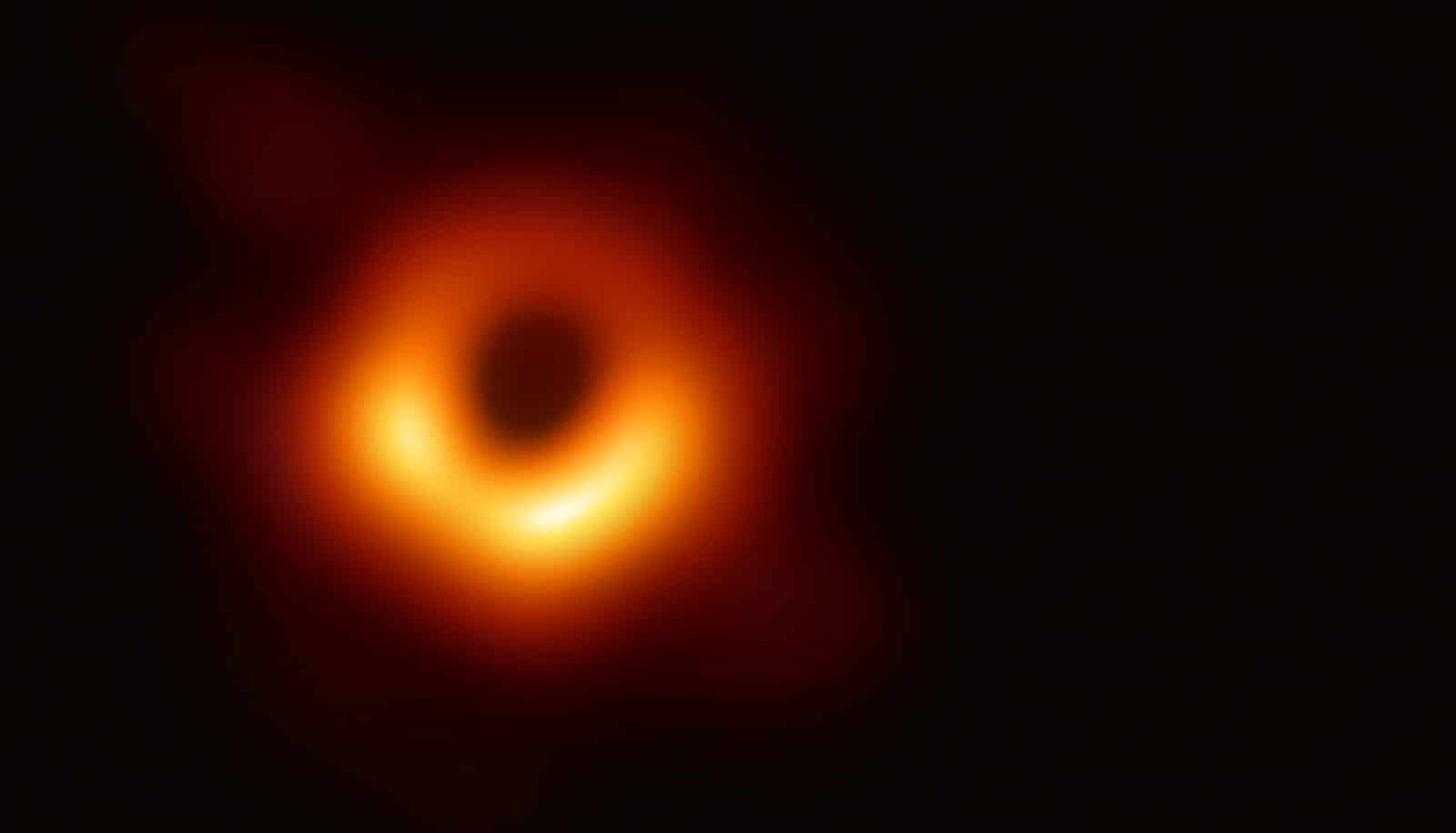New galaxy simulations could help reveal the origins of the Milky Way and dozens of small neighboring dwarf galaxies, researchers report.
The simulations, which the researchers believe to be the most advanced of their kind, could also aid the decades-old search for dark matter, which fills an estimated 27% of the universe.
Further, the computer simulations of “ultra-faint” dwarf galaxies could help shed light on how the first stars formed in the universe.
“Our supercomputer-generated simulations provide the highest-ever resolution of a Milky Way-type galaxy,” says Alyson M. Brooks, an associate professor in the physics and astronomy department in the School of Arts and Sciences at Rutgers University–New Brunswick and coauthor of the working paper.
“The high resolution allows us to simulate smaller neighbor galaxies than ever before—the ‘ultra-faint’ dwarf galaxies. These tiny galaxies are mostly dark matter and therefore are some of the best probes we have for learning about dark matter, and this is the first time that they have ever been simulated around a Milky Way-like galaxy,” Brooks says.
“The sheer variety of the simulated galaxies is unprecedented, including one that lost all of its dark matter—similar to what’s been observed in space.”
The team generated two new simulations of Milky Way-type galaxies and their surroundings. They call them the “DC Justice League Simulations,” naming them after two women who have served on the US Supreme Court: current Associate Justice Elena Kagan and retired Associate Justice Sandra Day O’Connor.
These are cosmological simulations, meaning they begin soon after the Big Bang and model the evolution of galaxies over the entire age of the universe (almost 14 billion years). Bound via gravity, galaxies consist of stars, gas, and dust. The Milky Way is an example a large barred spiral galaxy, according to NASA.
In recent years, scientists have discovered “ultra-faint” satellite galaxies of the Milky Way, thanks to digital sky surveys that can reach fainter depths than ever. While the Milky Way has about 100 billion stars and is thousands of light years across, ultra-faint galaxies have a million times fewer stars (under 100,000 and as low as few hundred) and are much smaller, spanning tens of light years.
For the first time, the simulations allow scientists to begin modeling these ultra-faint satellite galaxies around a Milky Way-type galaxy, meaning they provide some of the first predictions for what future sky surveys will discover.
This video shows the formation of the stellar halo of a Milky Way-mass galaxy. The immediate surroundings of a Milky Way-like galaxy. Only stars are shown, and are color coded by their chemical composition, with blue signaling fewer heavy elements and red showing more heavy elements.
In one simulation, a galaxy lost all its dark matter, and while scientists have seen real galaxies like that before, this is the first time anyone has simulated such a galaxy.
These kinds of results tell scientists what’s possible when it comes to forming galaxies, and they are learning new ways that neighbor galaxies can arise, allowing scientists to better understand what telescopes find.
In about a year, the Large Synoptic Survey Telescope, recently renamed the Vera C. Rubin Observatory, will begin a survey targeting the whole sky and scientists expect to find hundreds of ultra-faint galaxies. In recent years, surveys targeting a small patch of the sky have discovered dozens of them.
“Just counting these galaxies can tell scientists about the nature of dark matter,” says doctoral student Elaad Applebaum, the paper’s lead author. “Studying their structure and the motions of their stars can tell us even more. These galaxies are also very old, with some of the most ancient stars, meaning they can tell us about how the first stars formed in the universe.”
Additional coauthors are from Grinnell College, the University of Oklahoma, the University of Washington, the University of Oslo, and the Yale Center for Astronomy & Astrophysics.
Source: Rutgers University



